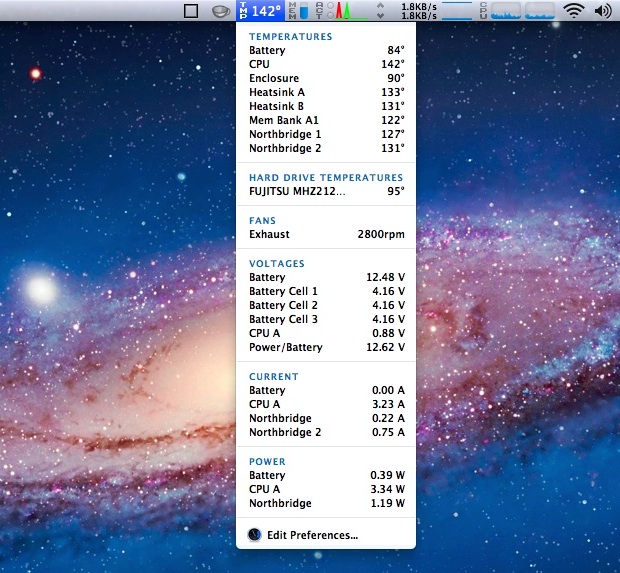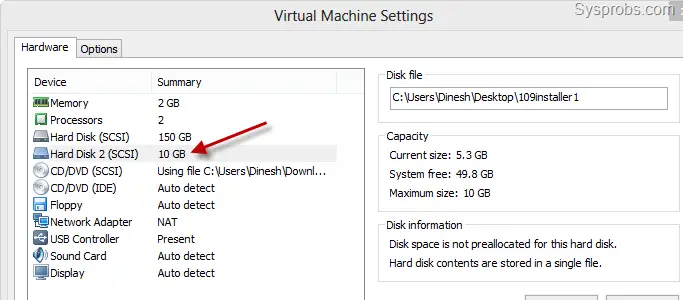Install Os X Mavericks.app.dmg Vmware
By using Mac OS X Mavericks 10.9 VMware Image, you can immediately get OS X Mavericks 10.9 running on VMware inside either Windows or Mac OS X. Mac os x lion download. Filename: Mac OS X Mavericks VMware Image.7z Filesize: 6.03 GB Download The admin password is 123 The above file was collected from internet source, so the default language of the OS is Russian. Installing Mac OS X in VMWare Workstation on Windows 8. 2014-07-21. Comments 1 I created Mac OS X Virtual Machine on VMWare. It wasn’t simple process, so I decided to share this experience. I was following this article. Here is an outline: Download and install VMWare.
Download the MacOS X 10.9 Mavericks VMWare Image, you don’t have to spend even a day to get the MacOS X 10.9 Mavericks installed on VMWare on Windows (Windows 10, 8,8.1,7,…).
The best way to experience MacOS X 10.9 Mavericks on a normal PC is running MacOS through a virtual machine using VMWare, Virtual Box, or Parallels on Windows. But, trust me, by this way, you need to spend too many hours to get the job done:
Install Os X Mavericks Download
Step 1: Download the Latest VMWare 12 Pro (Full version for Free) from here.
Step 2: Download Mavericks from our another topic: Download Mac OS X 10.9.DMG – Mavericks.ISO – without Apple Store ID.
Step 3: Install Mavericks on VMWare on Windows.
This topic, we make it freaking easy and quick for you by sharing the Mavericks Image for VMWare for instant launching.
Download the Mavericks Image for VMWare
The image file was tested and uploaded by Macdrug for safety and 100% working purposes.
ICloud Sync keeps your locations and settings in sync across your devices. With your choice of The Weather Company or Dark Sky, always have the most accurate weather data. Very reliable. Raymi0603, Was (PAST TENSE) a GRAT app.  Now, I’m looking for anther app.I’ve been usig Foreast Bar on my Mac, iPhone and apple watch for years and it has been the best weather app.
Now, I’m looking for anther app.I’ve been usig Foreast Bar on my Mac, iPhone and apple watch for years and it has been the best weather app.
| Mac OS X Mavericks VMware Image.7z |
| 6.03 GB |
| http://sundryfiles.com/to |
The administrator password (If needed) must be: 123
After downloading, the following tutorial may be helpful to you: Creating a new Virtual Machine using an existing VMDK Virtual Disk.
Cheers!
Reinstall from macOS Recovery
macOS Recovery makes it easy to reinstall the Mac operating system, even if you need to erase your startup disk first. All you need is a connection to the Internet. If a wireless network is available, you can choose it from the Wi-Fi menu in the menu bar. This menu is also available in macOS Recovery.
1. Start up from macOS Recovery
To start up from macOS Recovery, turn on your Mac and immediately press and hold one of the following combinations on your keyboard. Release the keys when you see an Apple logo, spinning globe, or other startup screen.
Command (⌘)-R
Reinstall the latest macOS that was installed on your Mac (recommended).
Option-⌘-R
Upgrade to the latest macOS that is compatible with your Mac.
Shift-Option-⌘-R
Reinstall the macOS that came with your Mac, or the closest version still available.
You might be prompted to enter a password, such as a firmware password or the password of a user who is an administrator of this Mac. Enter the requested password to continue.
When you see the utilities window, you have started up from macOS Recovery.
2. Decide whether to erase (format) your disk
You probably don't need to erase, unless you're selling, trading in, or giving away your Mac, or you have an issue that requires you to erase. If you need to erase before installing macOS, select Disk Utility from the Utilities window, then click Continue. Learn more about when and how to erase.
3. Install macOS
When you're ready to reinstall macOS, choose Reinstall macOS from the Utilities window. Then click Continue and follow the onscreen instructions. You will be asked to choose a disk on which to install.
- If the installer asks to unlock your disk, enter the password you use to log in to your Mac.
- If the installer doesn't see your disk, or it says that it can't install on your computer or volume, you might need to erase your disk first.
- If the installer is for a different version of macOS than you expected, learn about macOS Recovery exceptions.
Please allow installation to complete without putting your Mac to sleep or closing its lid. During installation, your Mac might restart and show a progress bar several times, and the screen might be empty for minutes at a time.
If your Mac restarts to a setup assistant, but you're selling it, trading it in, or giving it away, press Command-Q to quit the assistant without completing setup. Then click Shut Down. When the new owner starts up the Mac, they can use their own information to complete setup.

macOS Recovery exceptions
The version of macOS offered by macOS Recovery might differ in certain circumstances:
- If macOS Sierra 10.12.4 or later has never been installed on this Mac, Option-Command-R installs the macOS that came with your Mac, or the closest version still available. And Shift-Option-Command-R isn't available.
- If you erased your entire disk instead of just the startup volume on that disk, macOS Recovery might offer only the macOS that came with your Mac, or the closest version still available. You can upgrade to a later version afterward.
- If your Mac has the Apple T2 Security Chip and you never installed a macOS update, Option-Command-R installs the latest macOS that was installed on your Mac.
- If you just had your Mac logic board replaced during a repair, macOS Recovery might offer only the latest macOS that is compatible with your Mac.
If you can't get macOS Recovery to offer the installer you want, you might be able to use one of the other ways to install macOS.
Other ways to install macOS
Install Os X Mavericks.app.dmg Vmware Server
- You can also install macOS from the App Store or Software Update preferences. If you can't install macOS Catalina, you might be able to install an earlier macOS, such as macOS Mojave, High Sierra, Sierra, El Capitan, or Yosemite.
- Or create a bootable installer disk, then use that disk to install macOS on your Mac or another Mac.